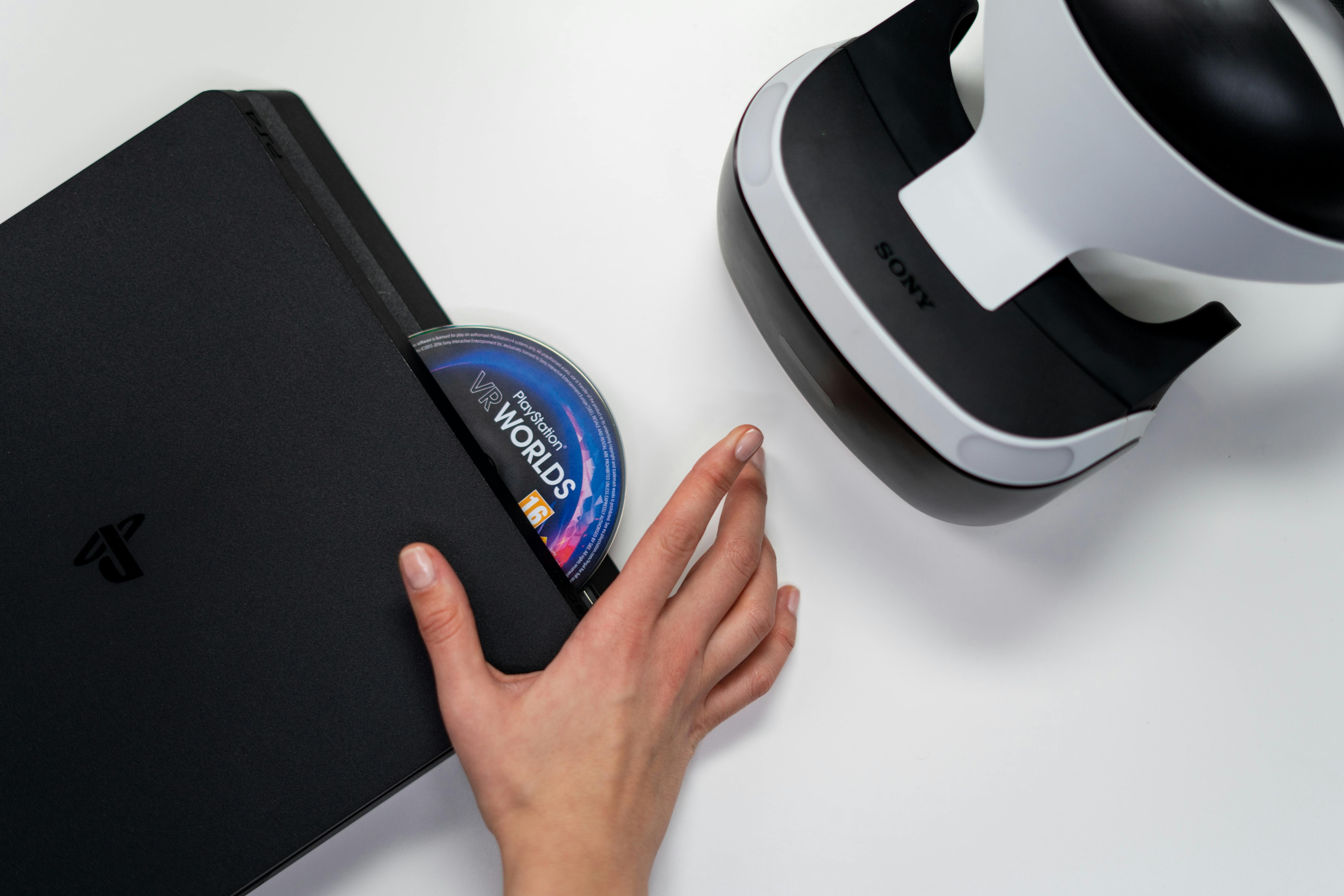The Pop Art movement began during the 1950s and 1960s in Britain and the United States, evolving around the products of mass media. Artwork derived from popular culture became one of the major art movements in 20th-century America.
Artwork, based on packaging, television, advertising, movies, and even comics, helped break down the long-standing barriers between high art and mass culture. Shortly after World War II, the United States was fast becoming a culture of business manipulation, showboating, and instant success. These characteristics made it a perfect target for artists looking to mock the serious nature of the art world while also holding a mirror up to society as they saw it.
While in Britain pop artists took a more romantic approach, in America the results were often more brazen; like the giant binoculars and Claes Oldenburg flyers. Originally considered a counterattack to abstract expressionism, the pop art movement usurped the French Dada movement in terms of its battle against intellectual art and has never looked back.
Like Dada before it, the Pop Art movement used common items as subject matter and artists preferred commercial methods of production, which allowed unlimited reproductions of art. As the age of commercial uniformity approached, Pop Art spread creating superstars like Andy Warhol, Robert Rauschenberg, Jasper Johns, and Roy Lichtenstein to name just a few.
Pop art combines its brilliant, expendable, low-cost, mass-produced nature to encourage the influx of big money and bright lights. Some question whether pop art is a serious commentary on the contemporary condition or simply a “humorless joke”. Traditional art critics may try to tell you what is and is not popular art, but in the end the decision is entirely yours.
The accessibility of pop art makes almost everyone want to create a pop artist. And while pop art has long since spawned many different subcategories and new and unusual mediums; everything returns to art for, of and by the masses. With each generation, America seems to become more youth-oriented, which almost certainly guarantees the future of pop art and its witty, young, sexy, and gimmicky works. The big business that is pop art is strengthened by the ongoing homogenization of America and the blurring of the lines between art, popular culture, and commercialism.
Although many pop artists still exhibit their works in galleries, it is safe to say that pop art can be found inside your McDonalds Happy Meal. Popular culture and the art that represents it is growing at an exponential rate each year as are most aspects of life on this earth. So what is pop art and where is it going? well, in the words of one art critic, “I don’t know art, but I know what I like and I like this.”



